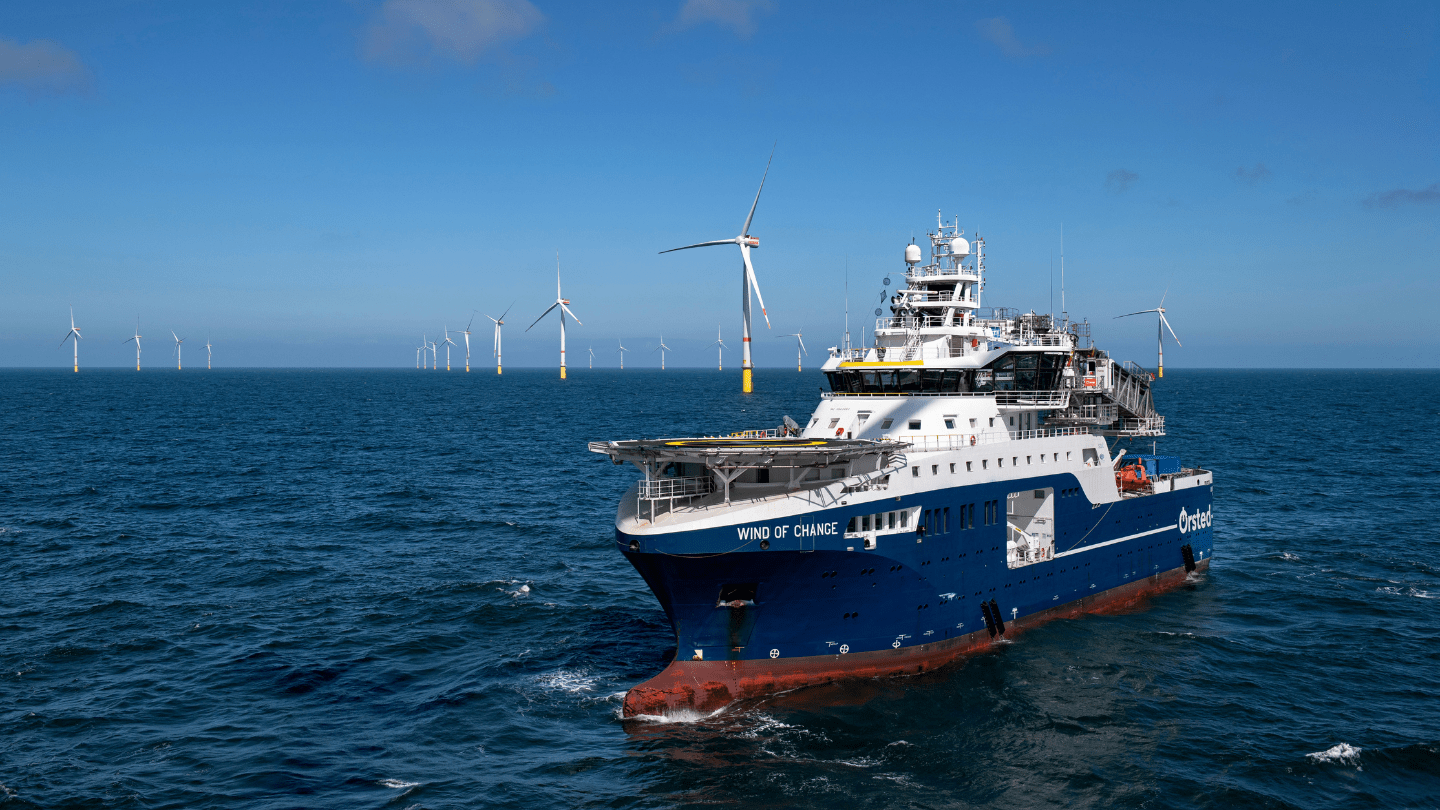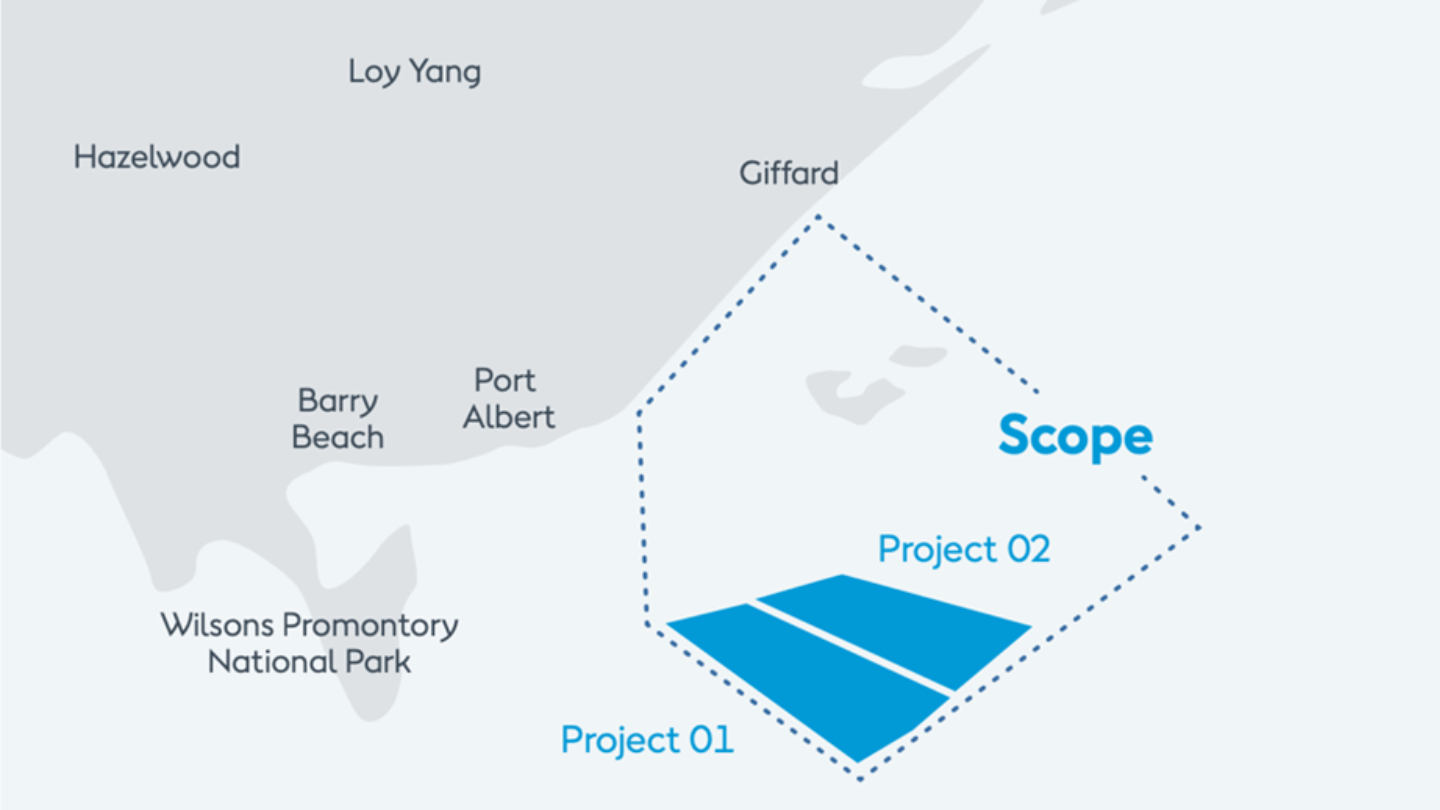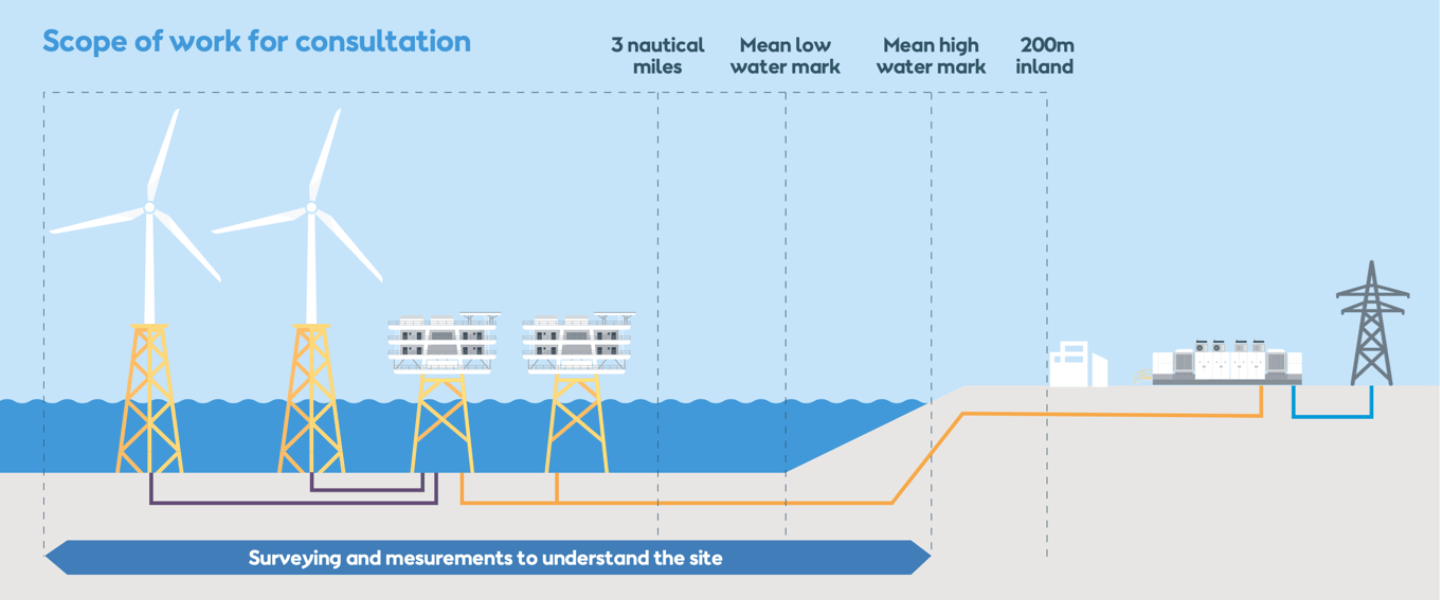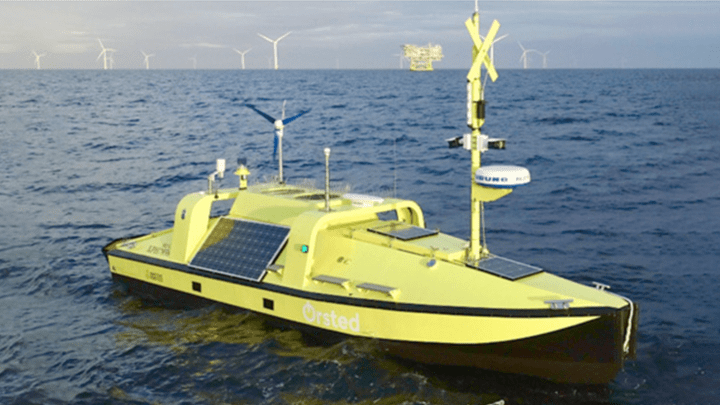Understanding the marine environment
While offshore wind farms provide significant environmental benefits by producing clean energy, we must ensure that we understand and minimise impacts to the marine and wider environment.
As the world's largest operator of offshore wind turbines outside China, Ørsted uses its experience to map and measure the marine environment well before its projects are built. This allows us to plan our projects so they reduce marine impacts throughout construction and operations.
Marine environmental baseline surveys are helping us understand all aspects of the unique Bass Strait marine environment and will shape our eventual project design.



